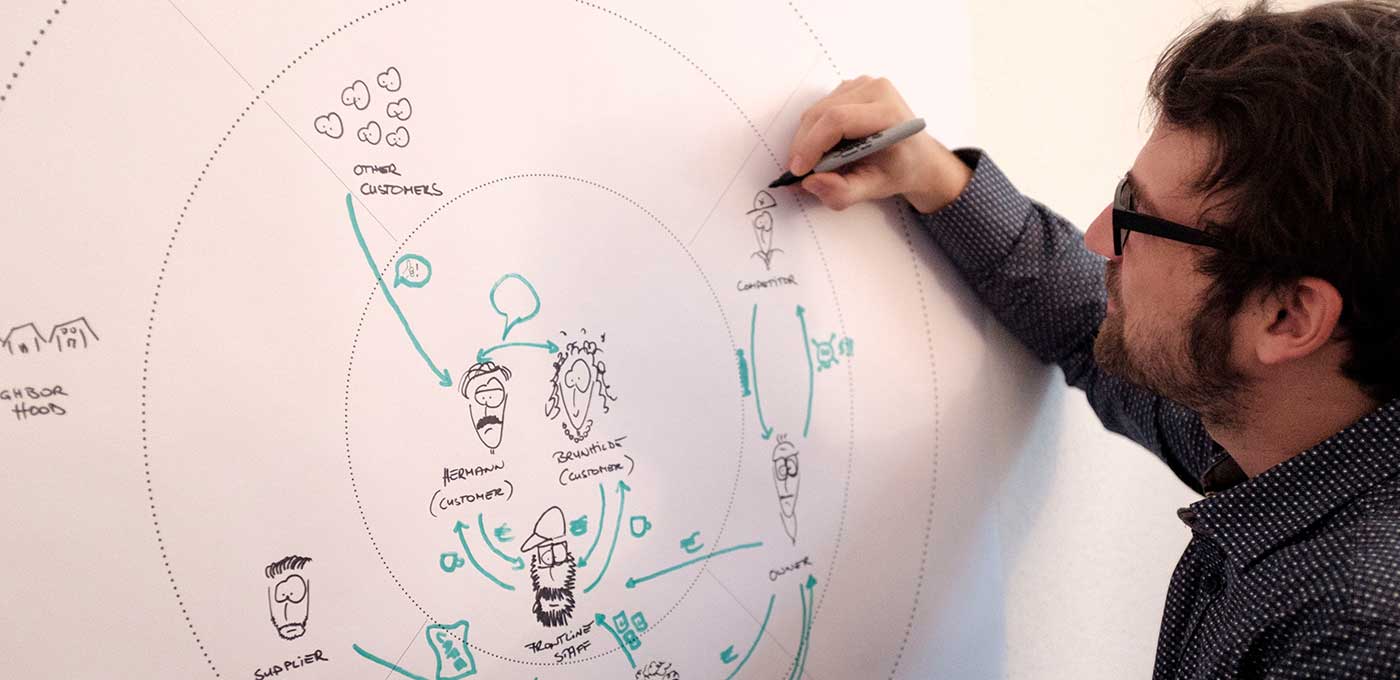Share This Article
Why companies need to use experience mapping
In a fiercely competitive marketplace, regularly improving the customer experience is critical. Companies are looking for an integrated approach to increase loyalty and encourage customer interaction. In this context, experience mapping is an effective tool for identifying and capturing key customer interaction points.
An experience map visually represents how customers interact with a company’s product or website. It visually depicts customer behaviour, moods and emotions throughout the engagement. The mapping process captures all customer interactions from the first to the last stage of the relationship. The following steps form the basis of this tool:
- awareness;
- consideration;
- evaluation;
- acquisition;
- adaptation;
- utilisation;
- support.
The use of modern web-based tools can significantly improve the experience mapping process. Their implementation allows the project team to increase the efficiency of their work. In addition, technical solutions allow a deeper approach to building the company’s internal processes. This improves the analysis of customer behaviour.

Where to start creating an experience map
Mapping involves following a series of steps that will help optimise efforts. The first step is to conduct consumer research and identify customer touchpoints. Based on the findings, the marketer creates an initial map. This will then be the subject of adjustments over time.
It is essential to consider more than just the points of interaction with the company’s product. Mapping also includes user touch points with the website, mobile app and visits to a physical location. In addition, marketers should consider customer service calls and customers who receive email newsletters. A detailed view of each transaction provides a better understanding of consumer motivation, when it is high and when it is low.
This approach helps improve personalisation by tailoring content and service to the customer’s needs. To do this, experts need to analyse the emotional aspect of touchpoints separately. Customer loyalty is mainly related to the consumer’s attachment to the brand. Strengthening the emotional component will help companies improve communication and increase engagement with the target audience.
Today’s technology provides ample opportunities for mapping. We are talking about artificial intelligence and data analysis tools. They make it possible to process vast amounts of information and extract valuable insights. In addition, innovations help to identify general trends and build a marketing strategy around them.
An experience map is a powerful tool for customer acquisition and retention. It allows you to see patterns of behaviour and changes in them. This allows the company to adjust its approach to customer interaction. This helps it to become better for its customers.

